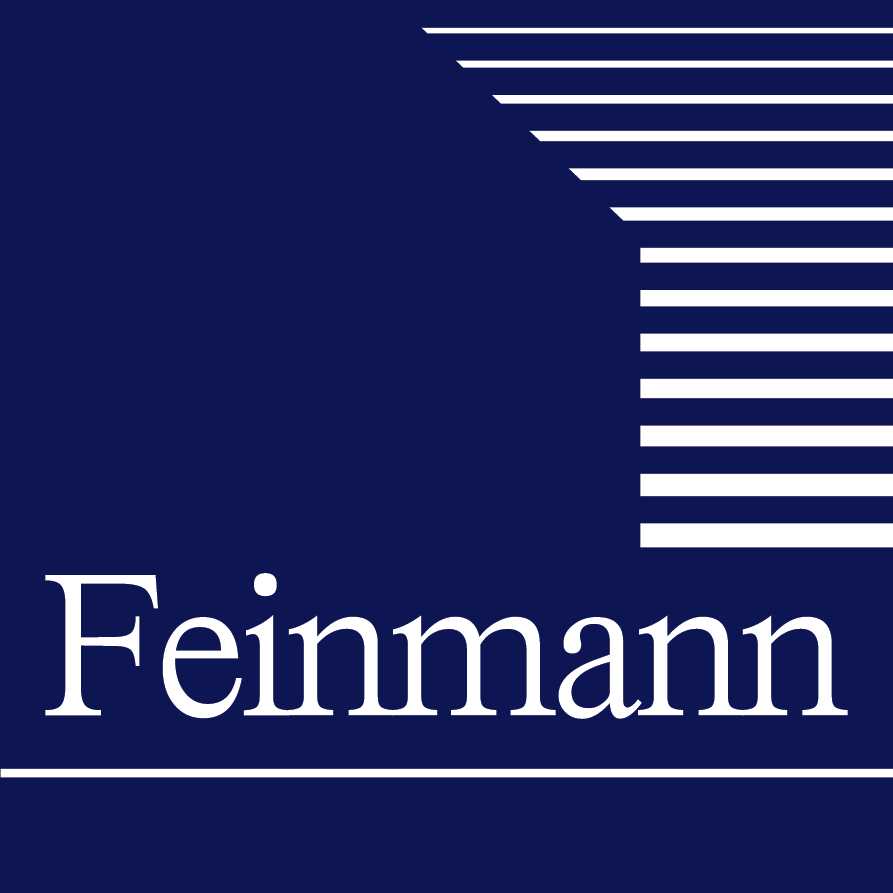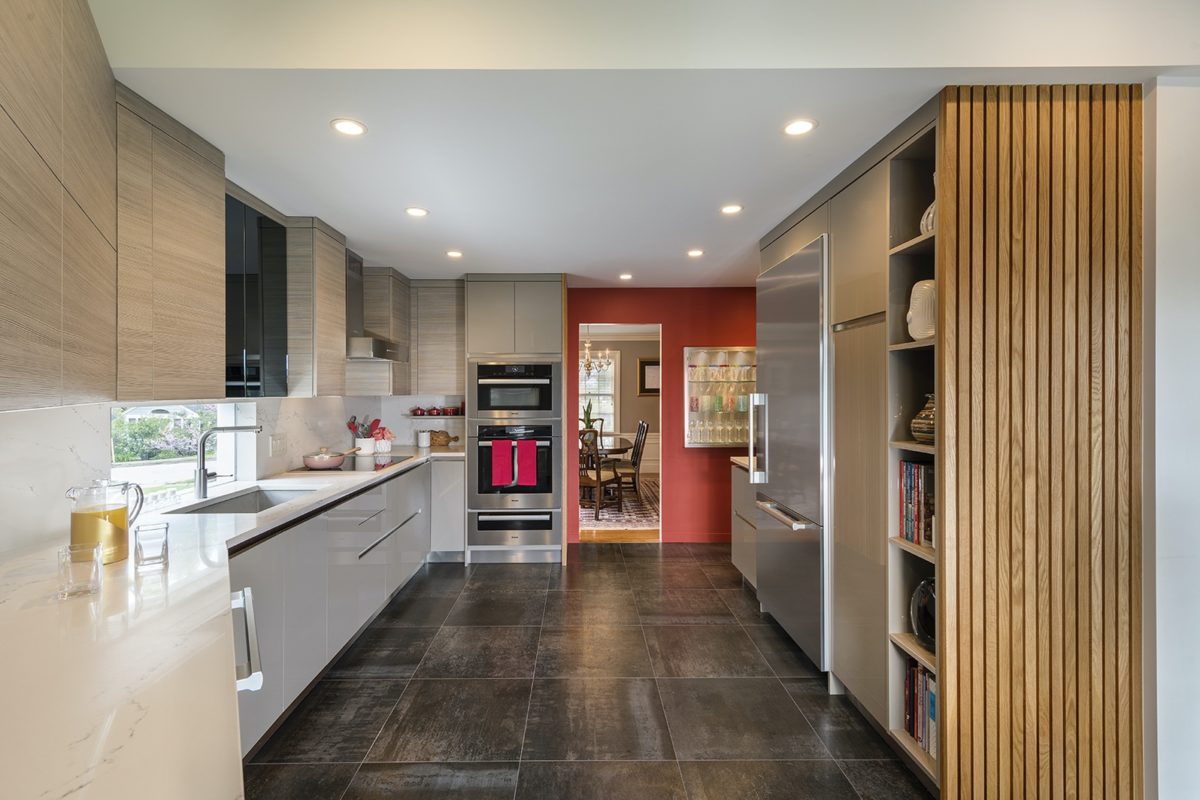Cabinets play an integral role in style and function when renovating or designing your kitchen. Investing in good quality and durable cabinets is always worth the price for a prominent fixture in your house. There are many important factors to consider when selecting your cabinet construction method. Below, we speak about these elements and how they impact the overall quality of your kitchen cabinets.
Cabinet Frames
There are two types of cabinet construction: framed and frameless. Let’s review these below:
- Framed cabinets: Framed cabinets are a typical American style, where the cabinet door gets secured to a frame. This construction provides a traditional look with more strength and a wide variety of design options. Furthermore, these cabinets have extra pieces of wood overlaid and “framing” the opening of the cabinet box. Generally, the edge of the frame aligns with the outside surface of the boxes’ sides.
- Frameless cabinets: Frameless cabinets are more common in Europe but have recently gained traction in the states. With these types of cabinets, the manufacturer removes the frame and secures the door to the cabinet box. Because of the construction, these cabinets provide a modern look with additional storage space. They are an excellent option for smaller kitchens to maximize space. Opt for no frame or extra wood on the cabinet box for a cleaner, sleeker design.
Cabinet Doors
Cabinet construction consists of three types: partial overlay, full overlay, and inset. Each term describes how the cabinet door or drawer sits on or in the cabinet frame:
- A full-overlay: With a full-overlay cabinet style, the doors and drawer fronts almost completely cover the cabinet face. This look enhances a contemporary, modern, or transitional style. Since full-overlay cabinetry uses a significant amount of material during the manufacturing process, it costs more than a partial overlay. Additionally, these cabinets often don’t have a vertical face frame style between the two doors, which allows for easy storage of larger items.
- A partial overlay: This cabinetry was the industry standard for many years, and you can see it in traditional-style kitchens. In a partial overlay, the door only partially covers the cabinet face frame, exposing large portions of the frame. Since the doors and drawer fronts are smaller and use less material than a full overlay, this style effectively cuts manufacturing costs.
- Inset cabinetry: In inset cabinetry, the door and drawer fronts sit inside the cabinet frame openings, flush with the frame. It is the most expensive option for cabinet doors because of the high level of craftsmanship and various hardware required to create the flush panel. Inset cabinetry suits traditional and style homes well.
- Panels: Kitchen cabinet panels are affixed to the exposed sides of cabinets, islands, and appliances to cover the exposed, unfinished sides of a cabinet box. Panels are available in decorative end panels, refrigerator end panels, dishwasher panels, and more. Designed to ”finish” unfinished cabinets, panels provide a consistent look throughout your cabinets.
Cabinet Materials
When undergoing cabinet construction, carefully consider the type of materials you wish to invest in:
- Solid wood: Solid wood is one of the most popular kitchen cabinet materials, renowned for its strength, durability, and versatility. They’re easy to paint and hold up to wear and tear. Solid wood is also easy to maintain— you can even repair wood scratches by sanding and refinishing. Cabinet face frames and cabinet doors commonly feature solid wood.
- Wood veneer: A wood veneer is a thin strip of solid hardwood peeled or cut from a log. Wood veneers can be attached to plywood, medium-density fiberwood (MDF), or particle boards to create wood-like panels. They are thin, lightweight, and can make the wood look without the cost of solid wood cabinet doors. Wood veneer is also durable (although less durable than solid wood) and easy to maintain and clean.
- Plywood: This material consists of thinly sliced wood slabs (known as flitches) layered in opposite directions and bonded together with adhesive. Consider this option for cabinet boxes, drawer floors, shelves, and frames.
- High-Density Fiberboard: This material provides the hardness and appearance of wood cabinets at a much lower cost. Its materials consist of wood fibers mixed with resins and glue. High-density fiberboard is also denser than solid wood and a more reasonable option than hardwood and plywood.
- Laminate: Laminate is a resin pressed with heat that affixes to plywood or other fiberboards on the cabinet body. The material combines paper with your preferred design, color, or pattern. Factors such as price, strength, and tendency to peel from the core component depend on the laminate’s quality. For example, high-pressure laminate (HPL) will crack and chip less than low-pressure laminate (LPL).
Cabinet Assembly
Ready-To-Assemble (RTA) Cabinets
Ready-to-assemble (RTA) kitchen cabinets are exactly what their name indicates. They come in a flat pack, with each piece prepared, including screws, wood dowels, and hinges. RTA cabinets are generally less expensive and ideal for the budget-minded homeowner. Ikea is an example of a manufactured RTA cabinet. These cabinet systems ship in parts and take considerable time to put together.
Pre-Assembled Cabinets
Pre-assembled cabinets are fully built and functional for installation. The advantage of assembled cabinets is that skilled craftspeople make them in a factory. They use more robust materials and construction methods to increase the cabinet’s durability. Pre-assembled cabinets are more durable than RTA cabinets due to thorough quality control in a professional factory.
Conclusion
We hope you’ve learned more about the cabinet construction process and feel confident choosing your preferred cabinetry. Whether renovating or designing your kitchen, the Feinmann team can help you achieve your home goals. Reach out to us today to learn more.



